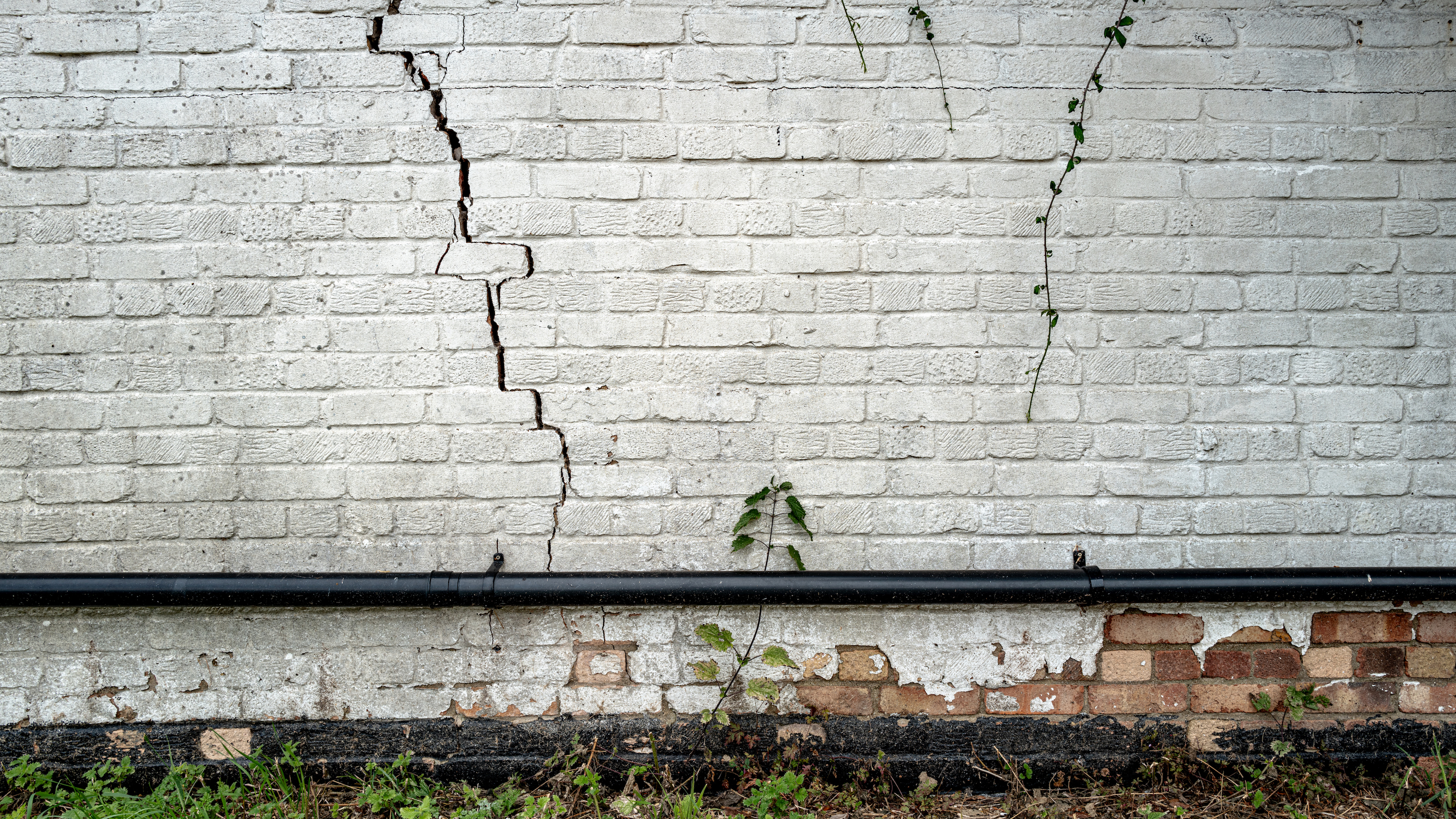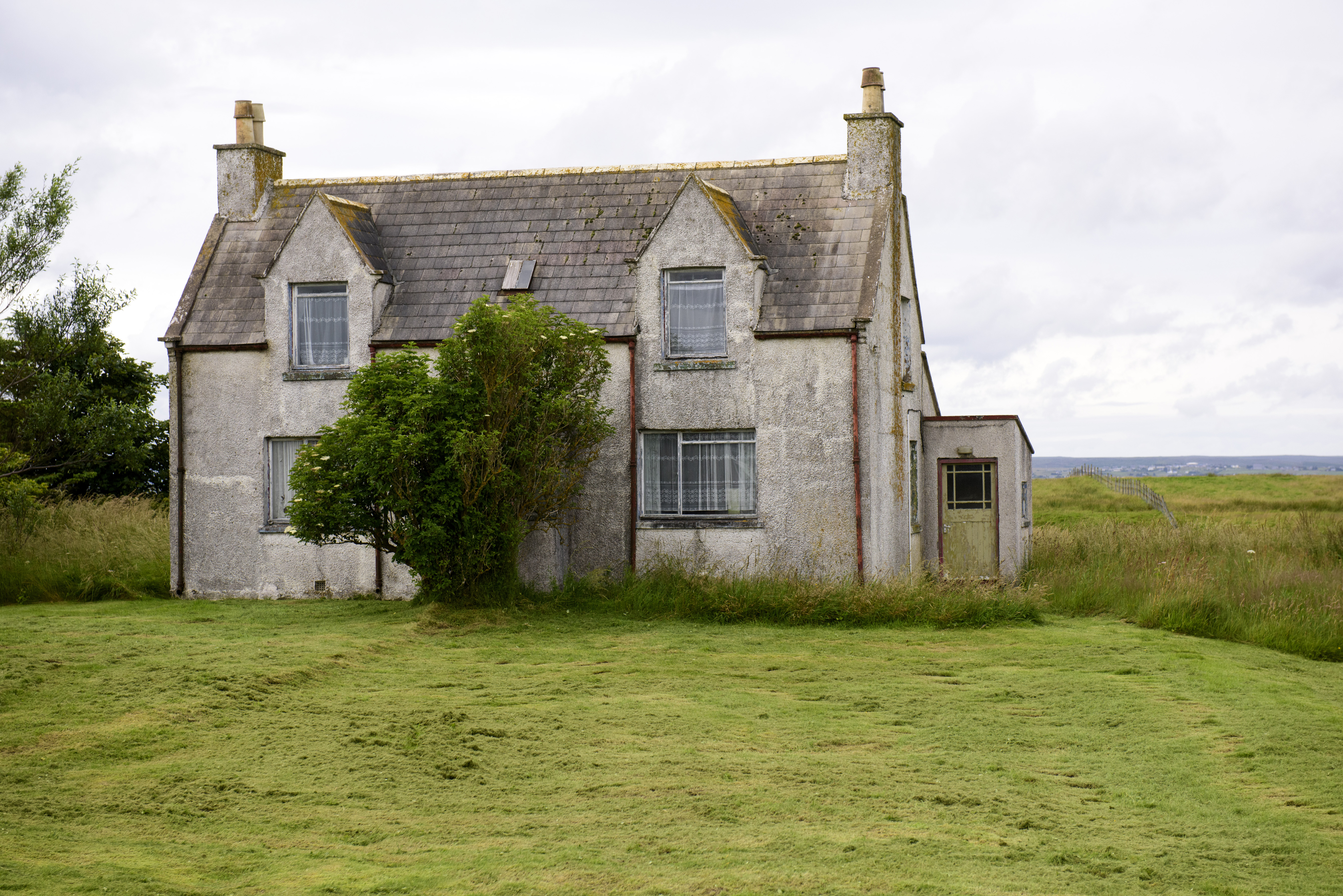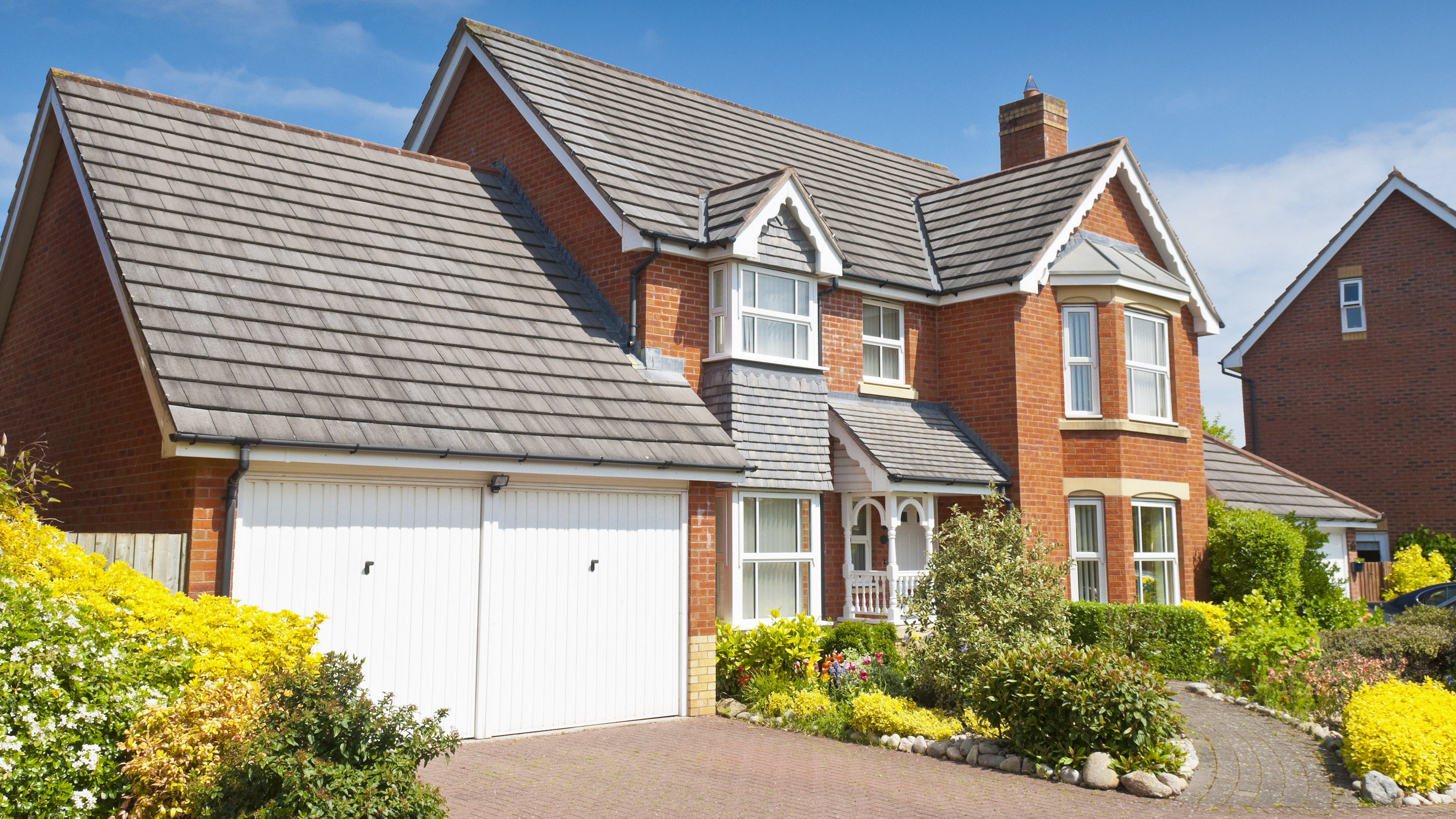Should you buy a house with subsidence? We weigh up the pros and cons
Find out if you ought to steer clear of a house with subsidence – or if it could ever prove a good purchase

The prospect of buying a house with subsidence can be seriously concerning. While there could be the attraction of spending less on a property, structural issues with a home are not to be taken lightly.
If you’re buying a house with a mortgage, whether you would be able to borrow money for a home with subsidence is an important question, too. And even if you’re a cash buyer, you need to consider whether it can ever be a sensible choice.
To help you decide whether buying a house with subsidence is worth thinking about we’ve put together the details you need on what subsidence is, and whether you can borrow on a property like this.
What is subsidence?

Subscribe to Plotfinder.net to access over 15,000 building plots and properties that could become your next project
Subsidence is when the ground beneath a building sinks, and it pulls the property’s foundations down, too. The damage can be minor, or it may be severe.
It’s often a result of the ground losing moisture and shrinking in extended dry spells – clay soils are particularly vulnerable. However, it can also be because of trees and shrubs close to the foundations taking so much water from the soil that it dries out. Local mining and leaking drains and water mains are among other causes of subsidence.
Be aware that a home that’s for sale might have suffered historic subsidence, or it could have ongoing subsidence, and which it is could affect your decision.
What’s the difference between historic and ongoing subsidence?
Historic subsidence is the term used when a property has been affected in the past, but remedial work has taken place and the movement has stopped. Ongoing subsidence is still happening.
The seller of a home is obliged to tell a buyer about subsidence, but you could also be alerted to its possibility by your surveyor if you have already made an offer on a home. As part of your conveyancer’s work, a coal mining search could also reveal it.
Is it ever a good idea to buy a house with ongoing subsidence?
Most homebuyers should avoid a house with ongoing subsidence. “Buying a house with ongoing subsidence is rarely a good idea due to the serious structural risks and financial implications,” explains property expert Andrew Boast, CEO of SAM Conveyancing.
“If the movement is still active, the property will continue to deteriorate, leading to worsening cracks, sloping floors, and potentially severe structural damage, putting those in the home at risk. Repairing subsidence can be extremely costly, with underpinning alone ranging from £5,000 to £80,000, depending on the severity and required stabilisation work. Other remedial measures, such as tree removal or drainage repairs, can add further expenses, not to mention the costs to cover aesthetic damage such as replastering or painting.”
The only buyers for whom it might be a feasible purchase? “In rare cases, a buyer who is an experienced property investor or developer might consider purchasing a house with subsidence if they can negotiate a significant price reduction and have the expertise to manage the repair process,” says Andrew. “This would only be advisable if a full structural engineer’s report and subsidence survey confirm that the issue can be resolved within a reasonable budget and time frame. Without this due diligence, the risks of ongoing movement, further financial loss, and difficulty reselling the property are too high to justify the purchase in most cases.”

Andrew Boast is the CEO, executive director and co-founder of SAM Conveyancing, and has over 23 years of experience in the home and conveyancing market. Andrew is an accomplished expert in his field, guiding thousands of clients through the complex process of buying a home both personally and through his teams of expert solicitors, surveyors and mortgage advisers at SAM Conveyancing.

Can a house with historic subsidence be a sound buy?
A home with historic subsidence is a different case from one with an ongoing problem, providing you are well informed.
“A house with historic subsidence can be a good purchase, but only if the issue was properly addressed and there is evidence that the building has remained stable over time,” says Andrew Boast. “The property may no longer be at risk if all the necessary remedial work was carried out, such as underpinning or soil stabilisation. However, buyers must conduct thorough checks to ensure there are no lingering issues.
“It is essential to obtain full documentation on the subsidence history,” he adds. “This includes details of the original problem, what caused it, and what work was undertaken to fix it. If the property was underpinned, there should be certificates confirming the work, and in some cases, warranties may still be in place. Another key factor is whether the property has remained stable since the repairs were completed. Any monitoring reports from surveyors or insurers can provide reassurance that there has been no further movement and give you peace of mind that the property is now a safe buy.”
If you are thinking of going ahead, you should appoint a structural engineer to carry out an inspection. However, it’s also crucial to consider what might happen when you come to sell the property.
“Even if a house with historic subsidence has been fully repaired and is now structurally sound, it may still be harder to sell in the future,” says Andrew. “If you’re considering such a purchase, it’s worth factoring in whether you’d be comfortable with the possibility of a longer sale process or a reduced price when you decide to sell.”
Can you get a mortgage on a house with subsidence?
Whether you can get a mortgage on a house with subsidence depends on whether it’s historic or ongoing.
“With ongoing subsidence, it will be very difficult to obtain a traditional mortgage on the property,” says Mark Harris, chief executive of mortgage broker SPF Private Clients. “Part of the assessment of the property, as conducted by a surveyor on behalf of the lender, is the marketability and integrity of the security. If these are compromised, then the lender is not likely to lend. Furthermore, as part of the lender’s conditions, buildings insurance is required when taking out a mortgage. Conventional buildings insurance will be difficult to obtain if the property has subsidence, which makes it unmortgageable.
“Where the subsidence is historic and it has been remedied, the availability of a standard mortgage opens itself up. Again, this will be subject to the surveyor’s comments as to the risk of the security to the lender. Another structural report may be requested to assess any further movement and whether further remedial work needs to be carried out. The lender will also want to see documentation confirming the work has been done and the property is now structurally sound.”

Mark is chief executive of SPF Private Clients, an award-winning financial services intermediary, and was part of the launch team of the company as Savills Private Finance in May 1997. Originally launching as the financial services arm of Savills, SPF has rapidly grown into one of the market leaders in UK financial services. SPF became part of the Howden Group of companies in 2022.
Can you get insurance for a house with subsidence?
As noted above, the availability of home insurance is a crucial factor if you’re considering buying a house with subsidence.
“Some insurance companies are reluctant to cover homes that have had subsidence in the past, while others may offer policies at a higher premium so it is important to check with insurers before purchasing to ensure that coverage is available at a reasonable cost,” says Andrew Boast.

Get the Homebuilding & Renovating Newsletter
Bring your dream home to life with expert advice, how to guides and design inspiration. Sign up for our newsletter and get two free tickets to a Homebuilding & Renovating Show near you.
Sarah is a freelance journalist and editor writing for websites, national newspapers, and magazines. She’s spent most of her journalistic career specialising in homes.
She loves testing the latest home appliances and products, and investigating the benefits, costs and practicalities of home improvement. She is an experienced renovator and is currently remodelling the ground floor of her new home.
She was Executive Editor of Ideal Home and has worked for Your Home and Homes & Ideas. Her work has published by numerous titles, including The Guardian, channel4.com, Houzz, Grand Designs, Homes & Gardens, House Beautiful, Homes & Antiques, Real Homes, The English Home, Period Living, Beautiful Kitchens, Good Homes and Country Homes & Interiors.
